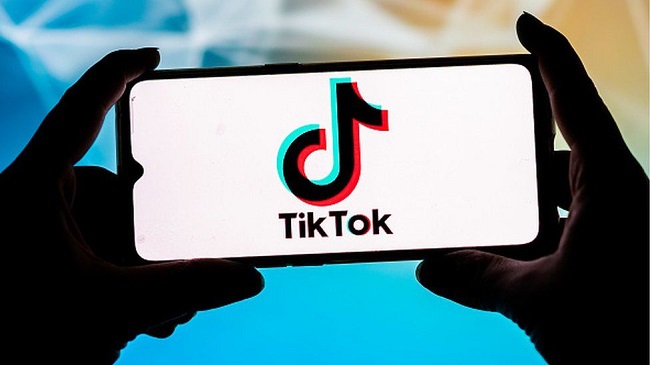A lot seems to be known about its users on TikTok, from what they like and dislike to what kind of video they’re most likely to enjoy—all of this information is gathered without the users having to do any searching.
Data-driven algorithms like this one are so precise that users have likened it to mind-reading on TikTok.

Contents
Mind-Reading On TikTok
As far as I know, this isn’t a novel idea. Among social networks and search engines, data mining is a well-established but little-noticed practise. Smartphone microphones appear to be up to a similar behaviour, which shocked the internet in 2019 when it was revealed that smart home assistants like Amazon Alexa listen in on conversations to hone their bot-driven responses.
Data Collecting Policy
Taking things to a whole new level, TikTok is not afraid to show it. Their data collecting policy is easily published and constantly updated, and all users implicitly agree to their personal data analysis in the Terms of Service. In addition, TikTok allows users to export their full browsing and search history so that you can see exactly where the base-level analysis begins….
TikTok’s suggestions on users’ #ForYou pages, on the other hand, appear to follow learned tendencies and probe directly into our most secretive thoughts. Even if you don’t know what you want, TikTok may be able to help you find it thanks to its attention to the smallest of details.
What happened? One of the best social media experiences out there.
How it All Works
The most popular videos of the day are displayed to all new users on TikTok, so don’t feel bad if you don’t know anything about it. The algorithm begins to learn as soon as you start scrolling. You can begin our adventure down the rabbit hole of relevant material once your general interests have been established.
Aside from how you share, follow, like, and search for videos, the algorithm has all the information it needs to figure out who you are. A strong way to organise content and influence the algorithm, but hashtags’ function in evaluating what to show you isn’t recognised nearly enough. To help the algorithm learn more about your interests, there is also “disruptive” content (i.e., stuff that you don’t necessarily want to see but might be interesting to you).
What’s the point of this? It’s all about how you interact with a piece of content, and how lengthy that interaction is. When a user watches a video for a long period of time, the algorithm pays special attention to how many times they view it again. Even the tiniest scepticism is taken into consideration. The granularity of your algorithm’s recommendations is influenced by these incremental investigations, which dig down to the millisecond.
The Creators Deserve All the Credit
As expected, if the algorithm is doing its job, you’ll be searching through content for hours and completely enjoying yourself.. For example, it increases chances that people will be exposed to a few producers who resonate with them rather than just content that interests them.
That’s why having a steady stream of well selected content from reputable creators is so important. Creators who are most in line with their audience’s preferences will be given more prominence by the algorithm. When a brand is interested in partnering with a creative for branded content, the artists that know their audience well will gain the most attention and engagement. I can’t believe it’s actually happened.
Last Words
To generate sales, raise brand awareness, and inspire greater customer involvement, marketers have long relied on working with influencers. The need of partnering with an influencer that best represents your brand’s aims and look has never been greater.






![DNS_Probe_Finished_No_Internet Error [RESOLVED] Fix DNS_Probe_Finished_No_Internet Error](https://howandwow.info/wp-content/uploads/2019/09/Fix-DNS_Probe_Finished_No_Internet-Error.jpg)
![Err_Connection_Reset Error in Chrome [RESOLVED] Fix Err_Connection_Reset Error in Google Chrome](https://howandwow.info/wp-content/uploads/2019/09/Fix-Err_Connection_Reset-Error-in-Google-Chrome.jpg)
![Err_Cache_Miss in Google Chrome Error [RESOLVED] Err_Cache_Miss in Google Chrome Error](https://howandwow.info/wp-content/uploads/2019/08/How-to-Fix-Confirm-Form-Resubmission-Error.jpg)






![Steam Missing File Privileges Error [RESOLVED] How to Fix Steam Missing File Privileges](https://howandwow.info/wp-content/uploads/2020/07/How-to-Fix-Steam-Missing-File-Privileges-Error-100x70.jpg)




![SIM Not Provisioned MM#2 Error [RESOLVED] SIM Not Provisioned MM#2](https://howandwow.info/wp-content/uploads/2020/03/SIM-Not-Provisioned-MM2.jpg)







